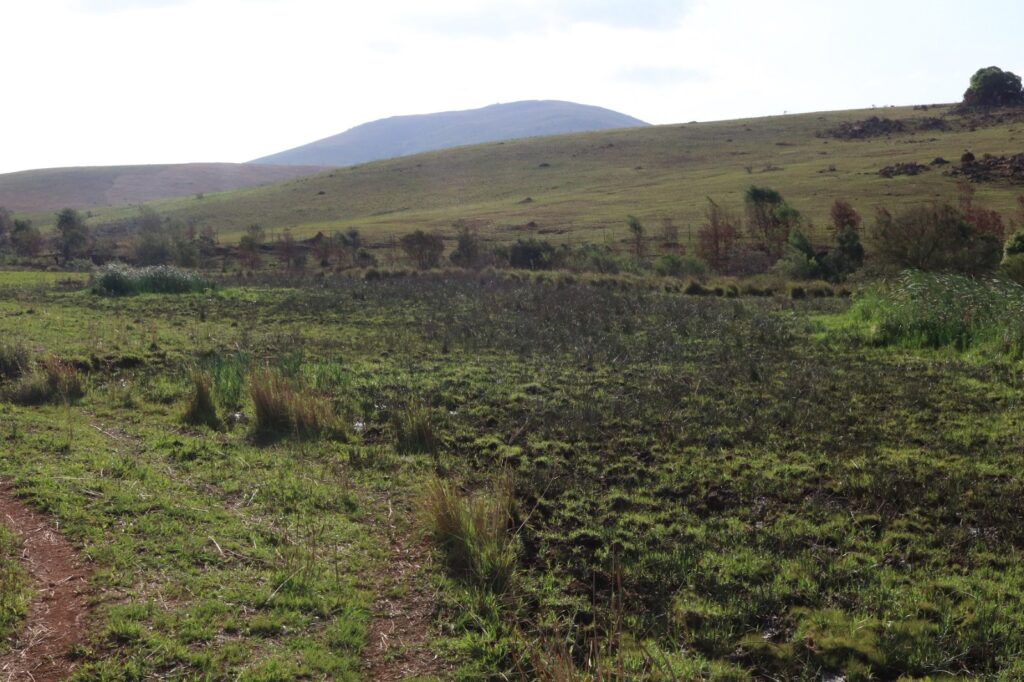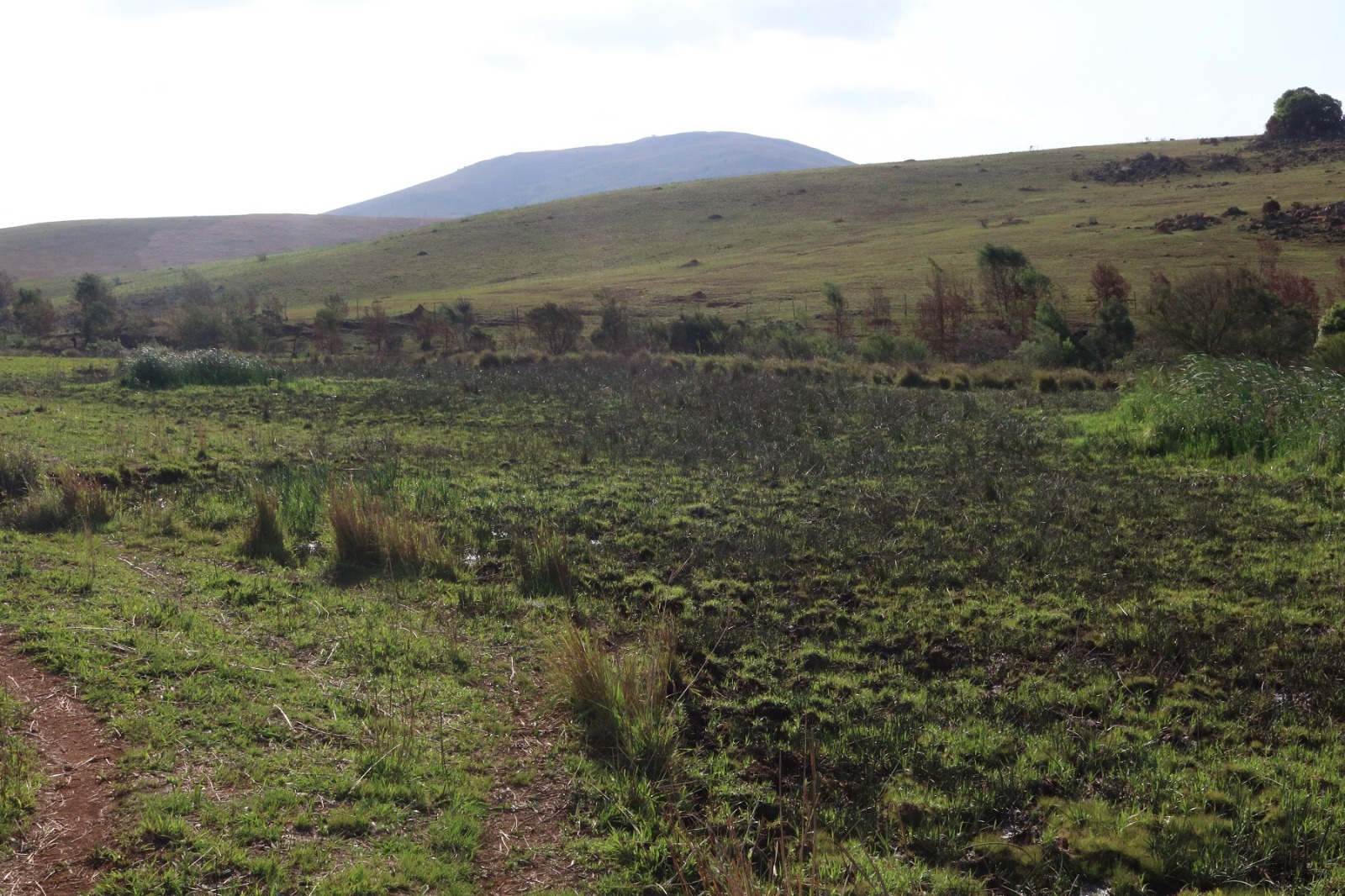
By Bongiwe Zwane-Maseko
The Eswatini Environment Fund has financed 44 community projects for the rehabilitation and protection of wetlands over E5 million in the last five years.
This was said by Eswatini Environmental Authority’s (EEA) Belusile Mhlanga who said the rehabilitation efforts have contributed immensely to the improvement of livelihoods as resources as wetlands provide resources such as fibre, that is used in the art and craft industry which is mostly dominated by women.
“As the world gathered on February 2 to commemorate World Wetlands Day, we are reminded of the importance of actions that ensure that wetlands are conserved and sustainably used. It’s an appeal to invest financial, human, and political capital to save the world’s wetlands from disappearing and to restore those we have degraded,” she said.
She said the Fund’s projects have made a strong footprint in wetland protection and restoration. Mhlanga said the critical socio-economic importance of wetlands to the development and empowerment of local communities especially in the rural communities has not been extensively demonstrated.
She noted that households earn a living from the sale of handicraft products from the wetland and vegetable and crop production along the periphery of the wetlands.
“The fibre species harvested specifically to produce handicraft products include Cyperus latifolius (likhwane), Cyperus articulates (inchoboza), and Miscanthuscapensis (umtsala). Vegetables grown along the periphery of the wetlands, especially in Sigwe include cabbage, lettuce, tomatoes, beetroot, spinach, and onion. Maize is also cultivated on the periphery of all three studied wetlands. Traditional healers get most of the medicine from wetlands to sustain their profession or calling,” she said.
She said the most common direct impacts on wetlands in the country include filling, grading, removal of vegetation, drainage of wetlands, and building construction on the wetland.
“This causes significant changes in the function and quality of the wetland. The changes include the alteration of the physical, chemical, and biological components of the wetland. Widespread land development and clearing cause increased erosion leading to increased sedimentation of lowland areas. Sedimentation causes alter the hydrologic regime of wetland in a relatively short time,” Mhlanga said.
She said many homeowners are unaware of the dangers of building on wetlands.
“Constructing in such areas comes with a lot of risks. The soil is not the best to build because its structure is weak and mostly made of clay. The buildings also block the natural flow of water and lead to flooding. It can also expose dwellers to waterborne diseases such as cholera and typhoid. Worse still the buildings may collapse during the rainy season and destroy life and property. Other human activities which have lasting effects on wetlands are waste disposal and sewage discharge into the wetland,” she said.




